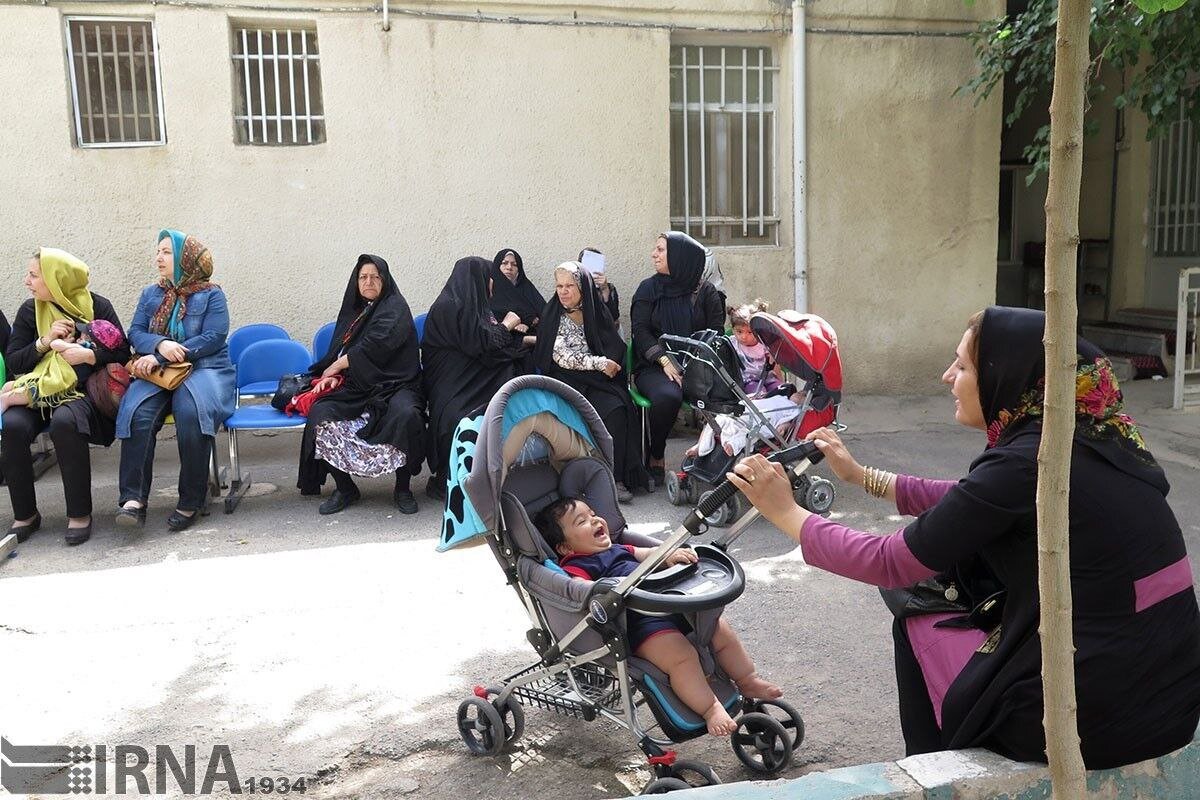Empowering Families: How Maternal Health Literacy Ensures Better Health Outcomes
Maternal health literacy is a pivotal component in enhancing family and societal health. This concept encompasses engaging in preventive behaviors, adopting healthy nutrition and lifestyles, and promoting mental, sexual, and reproductive health. The theme for the third day of the National Health Week, observed from April 21 to 27, is ‘Maternal health literacy, youth population, empowered generation.’
Women’s health literacy refers to their ability to access, understand, evaluate, and utilize health information to make informed decisions about their health and their families’ health. This includes knowledge about health, disease prevention, medical care, and the capability to interact effectively with the healthcare system.
When mothers possess a high level of health literacy, they can provide essential prenatal care and ensure proper nutrition. Their informed behaviors significantly influence their health and that of their children. Additionally, they are more likely to utilize healthcare services effectively, allowing them to recognize risk factors promptly.
Moreover, maternal health literacy plays a crucial role in preventing both communicable and non-communicable diseases while also promoting family and societal health. By focusing on maternal health literacy and effectively managing the youth population, we can foster a dynamic and healthy society. Achieving this strategic goal necessitates long-term planning and collaborative efforts from all societal sectors.
National Health Week Overview
The National Health Week aims to increase public awareness regarding critical health challenges and bring together efforts to promote public health. Each day of the week highlights different health topics:
- Monday, April 21: Health equity with the family physician and referral system
- Tuesday, April 22: Healthy environment, healthy society with public participation
- Wednesday, April 23: Maternal health literacy, youth population, empowered generation
- Thursday, April 24: Culture, art, media, and health
- Friday, April 25: Public exercise, public health
- Saturday, April 26: Fetal care, newborn health, a promising future
- Sunday, April 27: Say no to accidents, yes to life
Additionally, World Health Day is celebrated annually on April 7, marking the establishment of the World Health Organization (WHO) in 1948. The theme for World Health Day 2025 is ‘Healthy beginnings, hopeful futures,’ emphasizing the need for governments and health communities to reduce preventable deaths among mothers and newborns. This initiative prioritizes the survival of mothers and babies, focusing on their long-term health and well-being.
Ensuring that every woman and baby survives and thrives is a crucial responsibility. Unfortunately, recent estimates indicate that nearly 300,000 women lose their lives due to pregnancy or childbirth each year. Furthermore, over 2 million babies die within their first month of life, with an additional 2 million stillborn. This tragic statistic translates to approximately one preventable death occurring every seven seconds.
Current trends reveal that a staggering 80% of countries are not on track to meet the targets aimed at improving maternal survival by 2030. Furthermore, one in three countries will likely fall short of their goals for reducing newborn deaths.
Women and families worldwide require high-quality care that addresses their physical and emotional needs before, during, and after childbirth. Health systems must adapt to manage a range of health issues affecting maternal and newborn health. These challenges encompass not only direct obstetric complications but also mental health conditions, noncommunicable diseases, and family planning services.
Moreover, women and families should be supported by robust laws and policies that protect their health and rights. The primary objectives of this year’s campaign include:
- Raising awareness about the gaps in maternal and newborn survival and the necessity to prioritize women’s long-term well-being.
- Advocating for effective investments that enhance the health of women and babies.
- Encouraging collective action to support parents and health professionals who provide essential care.
- Providing valuable health information related to pregnancy, childbirth, and the postnatal period.






